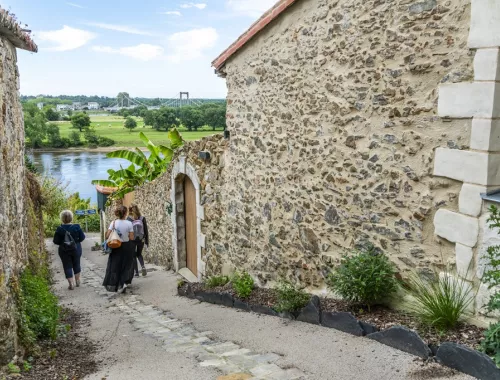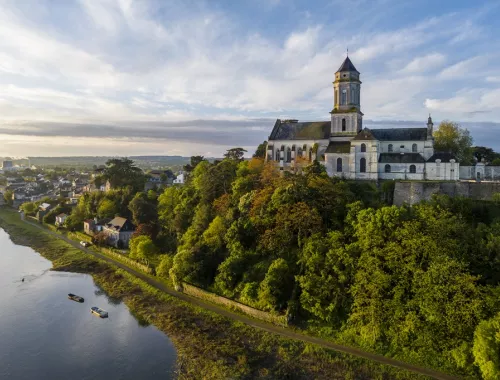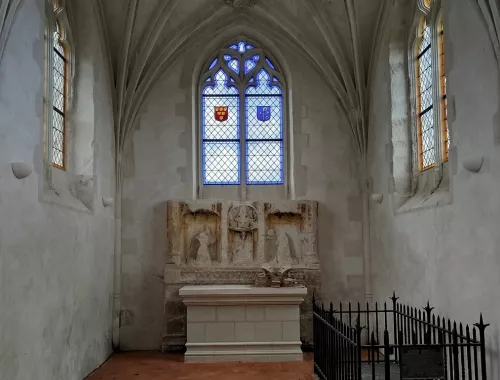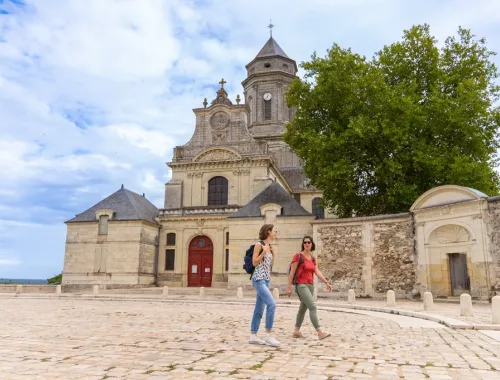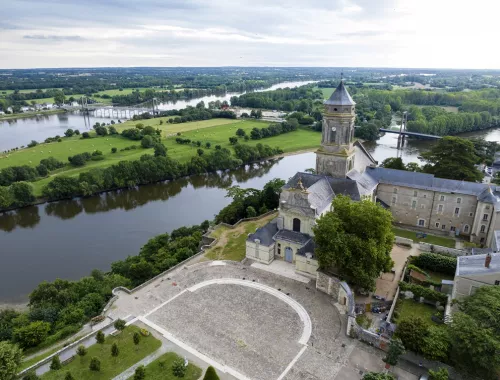Tombeau de Bonchamps
Activity
Saint-Florent-le-Vieil
Description
Bonchamps' tomb, created by the famous sculptor David d'Angers, is at the heart of the abbey church of Saint-Florent-le-Vieil.
Infos
Access
Address
Église abbatiale
Place Jeanne Bussonière
SAINT FLORENT LE VIEIL
49410 MAUGES-SUR-LOIRE
FRANCE
Nearby
Public transport : Anjou Bus (0,3km)
SNCF train station : Gare SNCF - VARADES (3km)
Motorway : A11 (20km)
updated : 29 août 2025By : Pôle Tourisme ôsezMaugesSuggest changes.

